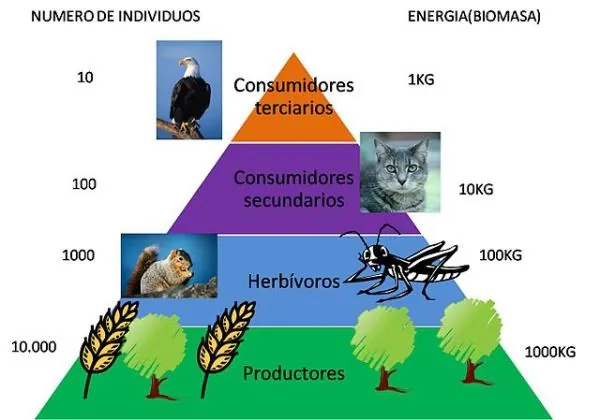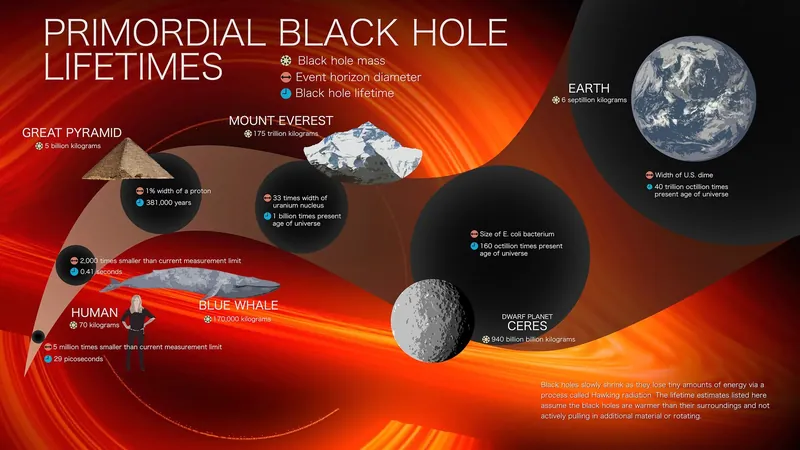
Unraveling the Mystery of Energy Flow in Ecosystems
2025-06-26
Author: William
What is an Ecosystem?
An ecosystem is a vibrant community of living organisms, including plants, animals, and microorganisms, all interacting within a specific environment. This intricate web of life is categorized into trophic levels based on how energy and matter flow from one organism to another, ranging from the tiniest microbes to large megafauna.
Understanding Energy Flow in Ecosystems
At the heart of every ecosystem lies a critical process: the flow of energy. All organisms rely on energy and matter to fuel their vital functions and continue their life cycles. These organisms are organized into three main trophic levels:
1. **Producers:** These autotrophic organisms, like plants and algae, capture solar energy and convert inorganic materials into organic matter through the process of photosynthesis.
2. **Consumers:** These heterotrophic organisms feed on producers to obtain essential energy and matter. They are further classified into primary, secondary, and tertiary consumers based on their dietary relationships.
3. **Decomposers:** This group, which includes bacteria and fungi, breaks down dead organic matter, returning nutrients to the environment while also releasing energy back into the ecosystem.
The Journey of Energy Through Trophic Levels
Energy in ecosystems predominantly originates from the sun. This energy is absorbed by producers during photosynthesis, where only about 1% of the solar energy reaching Earth is utilized. As energy is transferred between trophic levels, only 10-20% is passed on, leading to a unidirectional flow from producers to higher levels.
As this energy flows upward, it dissipates as heat, which is released during cellular respiration, limiting the biomass and length of food chains. Unlike energy, nutrients from higher levels accumulate back into the ecosystem, creating a closed cycle of matter.









 Brasil (PT)
Brasil (PT)
 Canada (EN)
Canada (EN)
 Chile (ES)
Chile (ES)
 Česko (CS)
Česko (CS)
 대한민국 (KO)
대한민국 (KO)
 España (ES)
España (ES)
 France (FR)
France (FR)
 Hong Kong (EN)
Hong Kong (EN)
 Italia (IT)
Italia (IT)
 日本 (JA)
日本 (JA)
 Magyarország (HU)
Magyarország (HU)
 Norge (NO)
Norge (NO)
 Polska (PL)
Polska (PL)
 Schweiz (DE)
Schweiz (DE)
 Singapore (EN)
Singapore (EN)
 Sverige (SV)
Sverige (SV)
 Suomi (FI)
Suomi (FI)
 Türkiye (TR)
Türkiye (TR)
 الإمارات العربية المتحدة (AR)
الإمارات العربية المتحدة (AR)